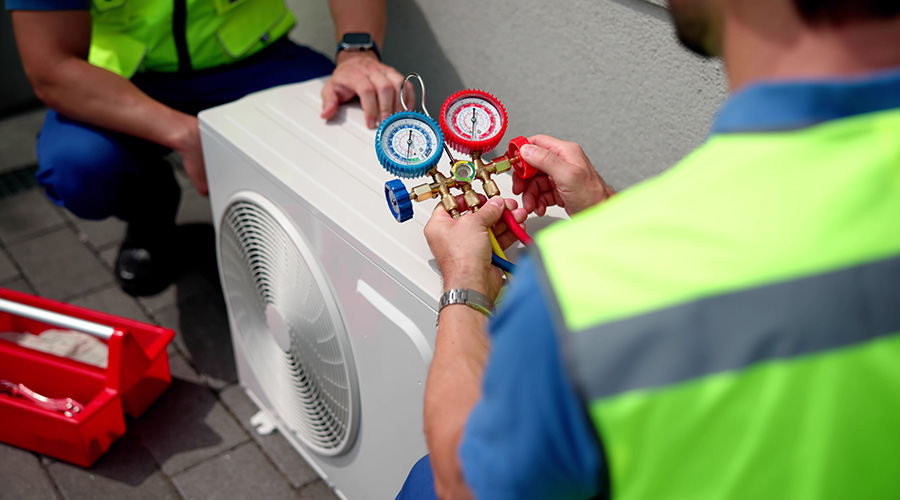The Healthcare Coalition for Emergency Preparedness says the Centers for Disease Control and Prevention (CDC) has issued contradictory statements on guidelines for dealing with Ebola and other dangerous and communicable diseases, according to an article on the Business Wire website.
On a conference call, the CDC said that the bio containment unit at Emory University being used to treat patients brought back to the U.S. infected with Ebola is being treated with biosafety level (BSL) 2 pathogen precautions and guidelines that go “a little bit beyond [level 2].” This puts Ebola just above the category of Lyme disease and Salmonella. CDC is also releasing infected human waste from the unit into the public sewer system and sending infectious medical waste via truck to an off-site sterilization facility, according to the article.
Dr. Brandi Limbago, the deputy branch chief at CDC Atlanta, stated, “BSL level 2 precautions would normally include things like working with gloves, wearing a gown, and eye covering. Current laboratory guidance goes a little bit beyond BSL 2 standard precautions and recommends using a face shield or a mask...But beyond that, BSL 2 level safety precautions — as long as they are followed in compliance with the blood-borne pathogens safety standards — should be adequate for handling Ebola.”
“The CDC’s contradictory statements on guidelines for dealing with dangerous and communicable diseases could create confusion and put healthcare workers — and the public — at great risk,” Darrell Henry, executive director for the Healthcare Coalition for Emergency Preparedness, said in the article.
The coalition recommended that the U.S. Department of Health & Human Services consider developing stricter guidelines to protect hospital workers and the public from the Ebola virus, and to increase guidelines for emerging diseases that are potentially airborne transmissible.
Infectious waste from communicable diseases that require quarantine should be dealt with in the same way as required by the federal government — isolate and sterilize on-site — as opposed to flushing it down a toilet or putting it in truck that will travel over public roads and be handled by multiple workers before being sterilized, the article said.

 State of the Facilities Management Industry in 2025
State of the Facilities Management Industry in 2025 City of Hope to Open New Cancer Specialty Hospital in California
City of Hope to Open New Cancer Specialty Hospital in California Montefiore Einstein Opening New Inpatient Center for Youth in the Bronx
Montefiore Einstein Opening New Inpatient Center for Youth in the Bronx Skill Stacking: How Micro-Credentials Are Reshaping Trades
Skill Stacking: How Micro-Credentials Are Reshaping Trades Prima Medicine Opens New Location in Tysons, Virginia
Prima Medicine Opens New Location in Tysons, Virginia